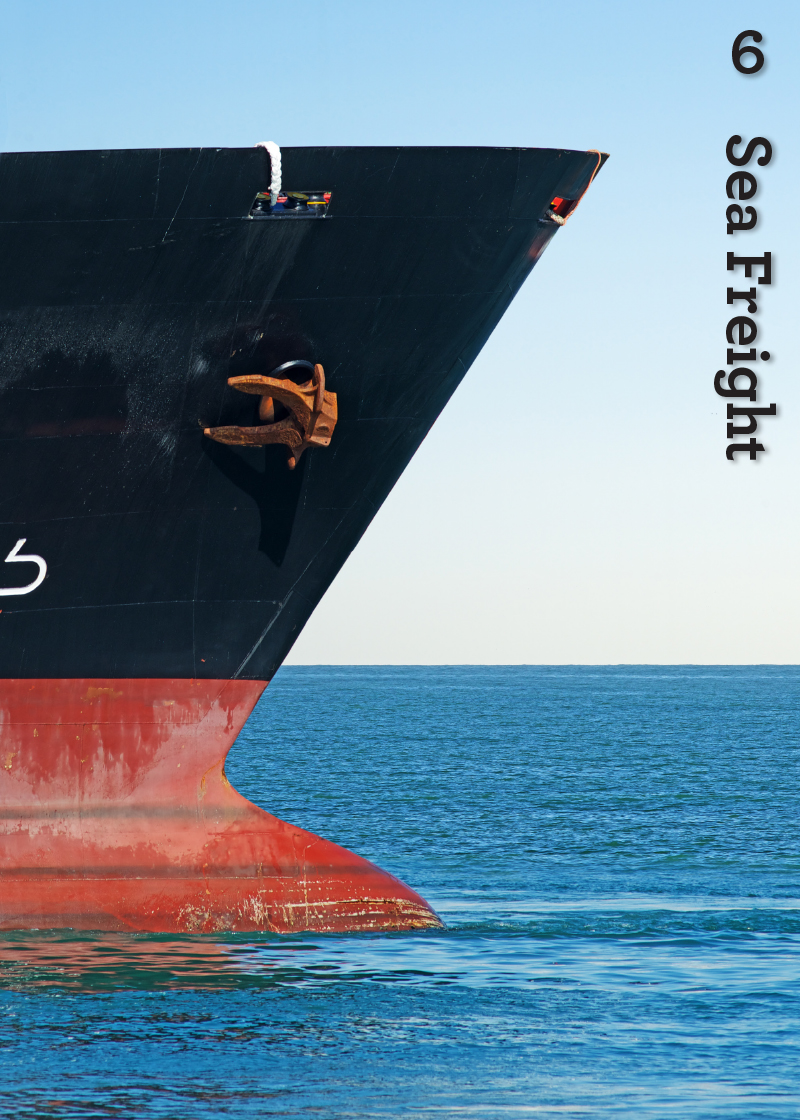The global sea freight industry has understandably experienced massive challenges over the past two years as a result of the Covid-19 pandemic. New Zealand’s container shipping industry in particular has faced headwinds as a number of shipping companies rationalised their services in this region. Indeed, some companies bypassed the New Zealand trade route altogether, or reduced services, necessitating a good deal of ‘thinking outside the box’ for local freight and logistics companies.
The upheaval has caused major delays in services and shortages in certain goods and supplies in New Zealand’s retail and wholesale distribution networks, which are expected to continue well into 2022. A shortage of shipping containers, largely through empty containers being stranded in ports around the world, has also caused issues – although shipping companies have been working hard to remedy the situation.
As reported in the 2021 Deloitte New Zealand Ports and Freight Yearbook, the International Monetary Fund (IMF) estimates that global trade volumes declined by almost ten percent year-on-year in the wake of Covid-19’s arrival. However, as populations have become vaccinated and the global economy has recovered, confidence has grown and trade volumes have rebounded strongly.
The history of sea freight
New Zealand’s sea freight industry has a long history. It is said to date back as far as 1794 when the British Royal Navy ship Fancy loaded 200 kauri trees for ships’ spars from Doubtless Bay in Northland and the Coromandel Coast.
A major leap forward took place 88 years later, on the 15th of February, 1882 when the first shipment of frozen meat left for Great Britain from Dunedin on the sailing vessel Dunedin – taking 98 days to reach London.
The world’s first container ship was a converted US World War 2 tanker that sailed from the port of Newark to the port of Houston in 1956, carrying a mere 58 shipping containers.
It would be some years before container ships were seen in New Zealand waters. In June 1971 the first all-container ship to visit New Zealand was the German-owned Columbus New Zealand. It berthed at Wellington’s brand new Thorndon Container Terminal and spent eight days sailing around the coast, calling at Auckland and Dunedin’s Port Chalmers.
In the decades since the 1960s, New Zealand’s economy, and indeed the global economy, has been shaped by the twin mega-trends of globalisation and containerisation.
The shipping industry has continued to evolve, striving for increased efficiency through innovation with new, larger ships specialised for each trade (especially containers) and adopting emerging technologies to boost efficiency and improve environmental outcomes.
Since that first visit by the Columbus New Zealand the capacity of container ships has continued to increase at a fast rate. The largest ships currently in service are almost 400 metres in length and have the capacity to carry more than 21,000 TEU (20-foot standard containers).
www.hamburgsud.com
This is an extract of the chapter. You can buy a print copy of the handbook here or a digital copy here


